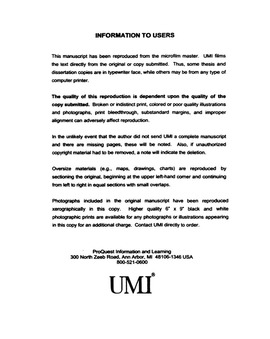| dc.description.abstract | To understand better the influence of habitat modifications on grassland ecosystems, I examined the effects of woody patches on the species richness, species diversity, and total density of grassland small mammals; the role of local and regional environmental variables in determining abundance of grassland small mammals associated with woody patches; and the effects of edge on small mammals associated with a grassland-woody patch interface. I live-trapped a series of sites grouped by treatment (grassland only; woody patches surrounded by grassland) on Fort Sill Military Reservation in southwestern Oklahoma, during summer months from 1994 to 1997. Total density of small mammals was higher at sites with woody patches than at grassland sites without woody patches, in part because Peromyscus leucopus benefitted the most from woody patches, while numbers of Microtus ochrogaster were lower. Species richness and species diversity did not differ. More animals (all species combined) inhabited sites surrounded by relatively uniform landscapes, which also were farthest from bottomland forest and tallgrass prairie. Numbers and change in abundance of Sigmodon hispidus, the most frequently encountered mammal, did not follow the same pattern as that for all species combined. Overall, regional environmental variables accounted for more variation in abundance and changes in abundance in small mammals associated with woody patches than did local factors. Edge associated with woody patches varied in its effect on grassland small mammals. Captures of all species combined were more frequent within and closer to woody patches than at control sites, in part because S. hispidus, P. leucopus, and Neotoma floridana benefitted from woody patches and/or edge. Numbers of M. ochrogaster were lower, likely due to interactions with S. hispidus. All species combined, S. hispidus, and M. ochrogaster exhibited ecotonal effects that extended at least 10 m but not 25 m into the surrounding grassland, while N. floridana and P. leucopus showed matrix effects that ended near the patch edge. Although edge often is discernable to an investigator through structural characteristics of vegetation, my findings suggest that for small mammals it may be more useful to employ a functional description based on attributes of those species, such as abundance. | en_US |
